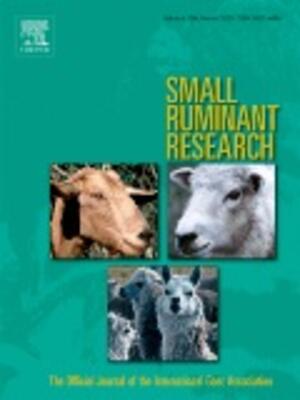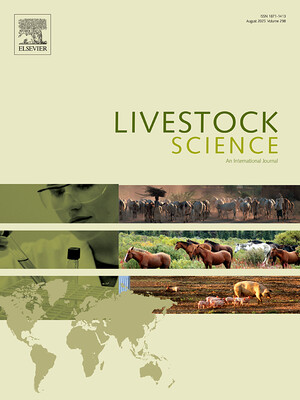
Editorial: Greenhouse gas measurements in underrepresented areas of the world
Abstract
Major efforts for quantifying greenhouse gas (GHG) production and consumption in agricultural and natural ecosystems and understanding their drivers are currently being developed around the world, as well as on how climate change will influence ecosystem functioning and with that GHG emissions. These efforts include the monitoring of GHG fluxes with both manual and continuous measurements, mainly with closed soil-atmosphere flux chambers and micrometeorological approaches such as the eddy covariance technique, but also with other methods such as animal respiration chambers. These measurements can be used for calibrating models that simulate ecosystem functioning and their responses to climate change and to estimate local, regional or global GHG budgets. Despite these efforts, there is a large spatial concentration of GHG flux measurements in developed countries, while low- and middle-income countries (LMICs) are underrepresented. As a result, the tropics and most Southern Hemisphere biomes are heavily underrepresented in flux networks (1, 2). At the same time, LMICs are regions with fast population growth and land-use change, thereby potentially creating critical uncertainties in national and global GHG budgets.
This situation potentially generates errors in model predictions for these underrepresented areas due to a lack of local data because it is often assumed that ecosystems in these areas behave identical to those sampled elsewhere in similar biomes, ecosystem types or plant functional types, despite differences in climate, ecosystem characteristics, and management. This gap in data availability potentially generates a critical bias for predictions at the global scale.
Furthermore, local data characterizing GHG emissions from management systems in LMICs are urgently needed to develop meaningful interventions to reduce GHG emissions and to help LMICs achieve their climate change mitigation goals. Many LMICs still rely on Tier 1 GHG emissions reporting, which does not allow for quantifying the mitigation potential of interventions. To achieve this, countries must move to at least Tier 2 reporting, for which local GHG emission factors that represent local production systems and management practices are required.
Citation
Perez-Quezada, J.F., Meijide, A. and Leitner, S. 2023. Editorial: Greenhouse gas measurements in underrepresented areas of the world. Frontiers in Soil Science 3:1240930.









